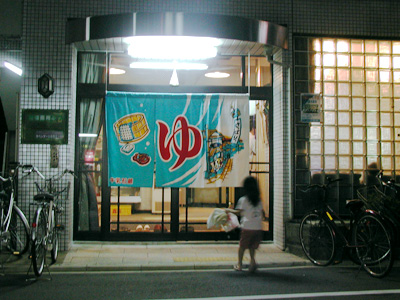Bathhouse murals fading fast in Tokyo

Huge wall paintings of Mt. Fuji are a traditional fixture at Japanese bathhouses. People love to bathe at the foot of the famous mountain or with other well-known landmarks surrounding them.
These paintings, named penki-e after the Japanese word for the industrial paints artists use to create the huge murals, have been around for more than 90 years and have survived wars and depressions. An important part of Japanese pop art history, they are now in danger of disappearing.
During their heyday, more than 2,000 sentos, or public bathhouses, existed in Tokyo, and many of them had penki-e paintings on their walls. But now that most homes have their own bathtubs, the number of sentos has decreased to about 1,100, and penki-e are on the verge of disappearing.
"I hate to say this, but this art is destined to disappear. Nobody can prevent it," says professional penki-e painter Kiyoto Maruyama. "All I can do is paint as many works as possible for the rest of my life."
Maruyama has devoted 50 years of his life to painting the murals, and he is the most senior among the three remaining penki-e painters in Tokyo today... ...More...




